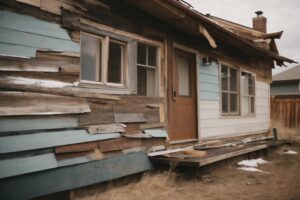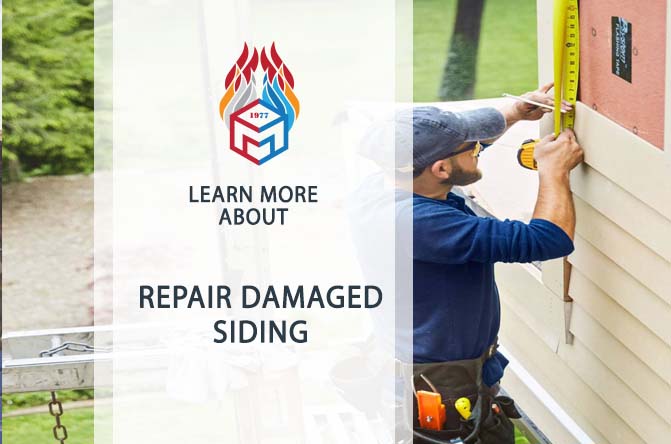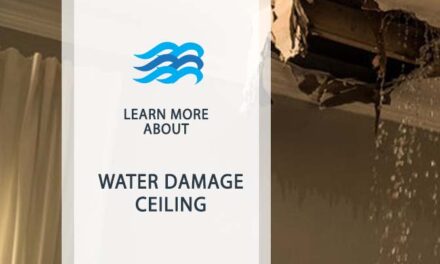
Repair Damaged Siding
Maintaining the structural integrity of your property is paramount. One of the crucial aspects often overlooked is the condition of your siding. Damaged siding can make your home look bad and cause bigger problems if not fixed.
This guide explains the importance of fixing damaged siding. It also provides expert solutions to improve the appearance and functionality of your property.
Fixing damaged siding is crucial for maintaining the overall look and performance of your property. By following the expert solutions in this guide, you can ensure that your property looks good and works well.

Repair Damaged Siding
The Importance of Addressing Damaged Siding
Damaged siding poses several risks to your property. Firstly, it compromises the exterior appearance of your home, detracting from its curb appeal and potentially lowering its value. Secondly, damaged siding exposes your home to the elements, leading to moisture infiltration and potential water damage. Additionally, damaged siding can provide entry points for pests, further causing the problem. Ignoring damaged siding can result in more extensive and costly repairs down the line. By addressing issues promptly, you can prevent further damage and maintain the structural integrity of your property.Identifying Damaged Siding
Before proceeding with repairs, it’s essential to identify signs of damaged siding. Common indicators include:- Cracks or small holes in the siding material
- Warped or buckled siding panels
- Mold or mildew growth
- Peeling or flaking paint
Expert Solutions for Repair Damaged Siding
Repair damaged siding requires expertise and precision to ensure long-lasting results. Here are some expert solutions to restore your siding’s beauty and functionality:Replace Damaged Panels
One of the most effective ways to repair damaged siding is by replacing the affected panels. This involves carefully removing the damaged panels and installing new ones in their place. Matching the new panels to the existing siding is essential to maintain a uniform appearance. When replacing siding panels, it’s crucial to inspect the underlying structure for any signs of damage or decay. Addressing these issues proactively can prevent future problems and ensure the longevity of your siding.Seal Cracks and Holes
If your siding has minor cracks or holes, sealing them can prevent moisture infiltration and further damage. Use a high-quality caulk or sealant to fill in any gaps, ensuring a watertight seal. Be sure to smooth out the sealant for a seamless finish.Repaint and Finish
Repainting your siding can not only improve its appearance but also provide added protection against the elements. Choose a high-quality exterior paint that’s suitable for your vinyl siding repair material and climate conditions. Before painting, thoroughly clean the siding surface to remove dirt, debris, and any loose paint. Apply primer if necessary, and then proceed with painting using a roller or brush. Be sure to follow manufacturer instructions for best results.Maintaining Your Siding
After fixing your siding, make sure to regularly maintain it to keep it in good condition. Here are some tips for maintaining your siding:- Inspect your siding regularly for signs of damage or wear.
- Clean your siding on occasion to remove dirt, debris, and mildew.
- Trim vegetation around your home to prevent damage from overhanging branches.
- Address any issues promptly to prevent further damage.




